

When I think of IWC, I think tool watches, specifically market leading pilots’ watches (and I’m sure I’m not the only one). But in truth, IWC is that and so, so much more! The story goes that back in 1868, the American engineer Florentine Aristo Jones settled in Schaffhausen, Switzerland. His business partner Johann Heinrich Moser had invented a system with which they could use the Rhine’s hydropower for industrial purposes and therefore start mechanised watch production. One year later, the Schaffhauser manufactory was able to produce 10,000 watches for the American market in a 12-month timeframe. That was the brand’s big start.
Skip forward to today and IWC Schaffhausen is one of the most respected Swiss watchmaker’s in the world, owned by luxury conglomerate, Richemont, with an internationally beloved reputation. Christoph Grainger-Herr was appointed as the chief executive of IWC in 2017 when he was just 39-years-old, a move which was widely regarded as an attempt by the 150-year-old luxury watchmaker to modernise the company and attract younger consumers. Since he took the helm, Grainger-Herr has spent more time conceiving communication and marketing strategies than innovating product designs – an approach that’s paid dividends. “The young luxury consumers in the world are still looking for iconic designs from established brands,” Grainger-Herr says, “what’s constantly evolving is how they consume information and how they shop.”
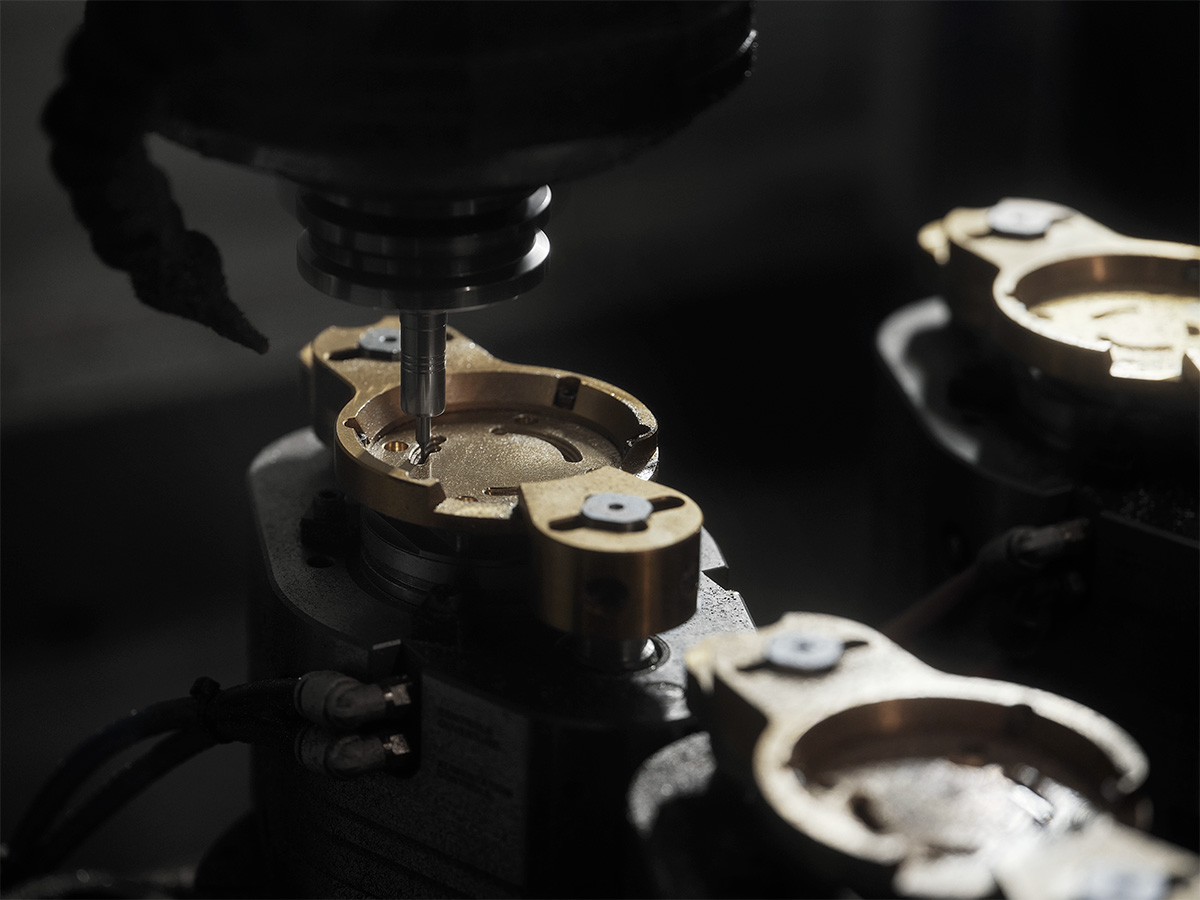
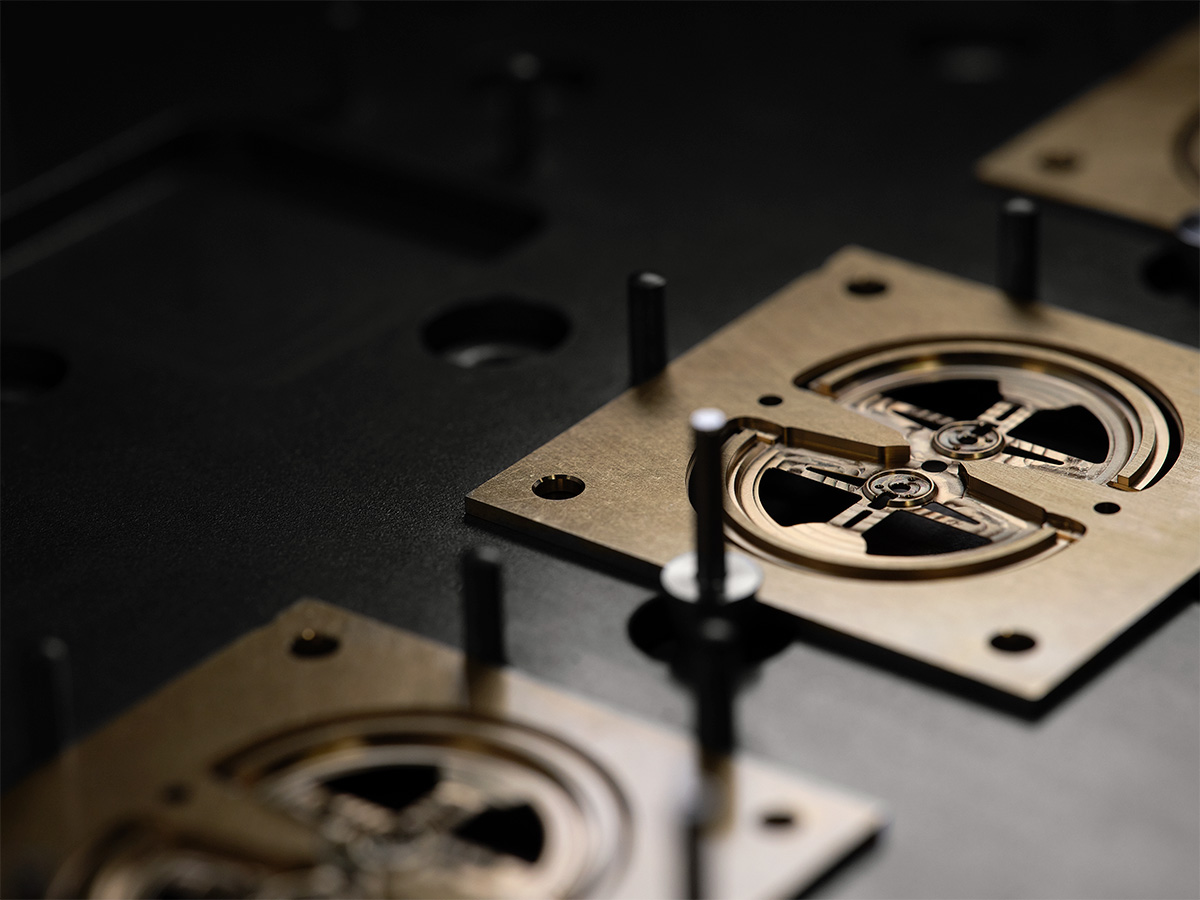
Now, I know I said IWC and pilots’ watches were linked, and at the beginning of the 20th century flying was novel, to say the least. In order to facilitate time measurement in the cockpit, IWC developed the “special watch for airmen.” This was a gargantuan sized watch (55mm), equipped with a black dial, bold Arabic numerals, magnetic field protection, luminous hands and robust rotating bezel. It became an icon, and the official timepiece of all British Royal Air Force pilots in the years after the Second World War, remaining in use for more than 30 years after 1945. In addition to RAF pilots, the captains of renowned civilian airlines and the officers of most of the Air Force in the Commonwealth wore them too. Collectors go nuts for these.
But it’s not all aviation innovation at IWC. In 1985, Kurt Klaus famously rewrote watchmaking history as the inventor and design engineer of IWC’s autonomous perpetual calendar. As a result, the wearer of a perpetual calendar could adjust and synchronise the calendar indicators, including an extremely accurate moon phase display (and four-digit year display) with the single crown. To the astonishment of the watchmaking world, the calendar was constructed so that it would go on functioning correctly for more than 500 years. This complication was subsequently used in a number of references from IWC and has become another cult favourite from the manufacture.
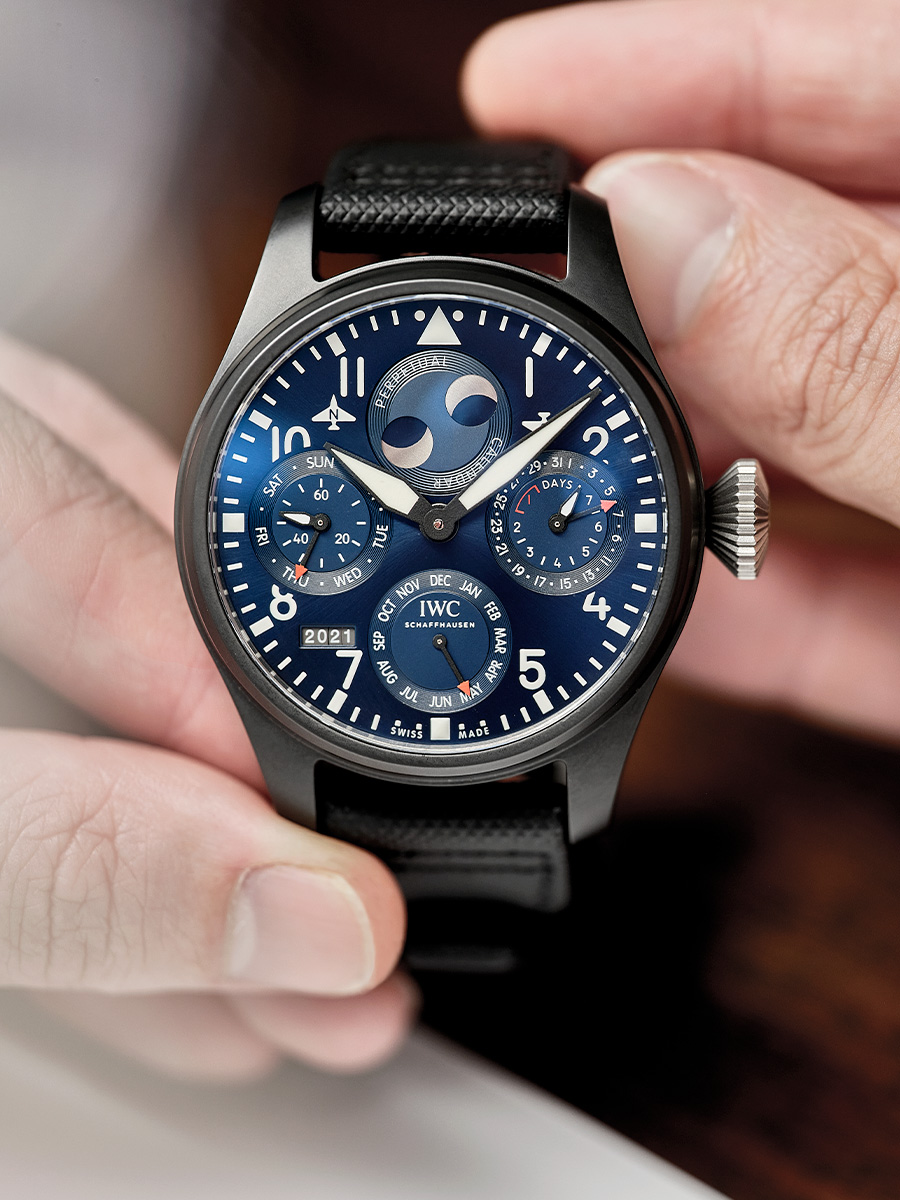

Another man I have to mention in the IWC story is Mr Ferdinand Alexander Porsche. Nicknamed “Butzi”, he was the son of Ferry Porsche and grandson of Ferdinand Porsche; a German designer whose best-known product was the first Porsche 911 (just that little known piece of work…). From 1978 to 1997, IWC worked closely with Ferdinand as Porsche had pioneered titanium as a material for watch cases, and started to manufacture their Chronograph I in 1972. The resulting “IWC x Porsche Design” watches became a tremendous success and are incredibly collectable today, (I am a proud owner of an Ocean 2000 + IWC Compass watch, for example).
In 1993, IWC celebrated its 125th anniversary with the Il Destriero Scafusia. At the time, this watch was the world’s most complicated mechanical timepiece – no mean feat. It combines almost all the most complicated features of fine watchmaking: a flying minute tourbillon, an IWP-constructed rattrapante mechanism, minute repetition, perpetual calendar, moon phase and numerous other complications too. All these make the Destiero Scafusia a rare miracle of mechanics consisting of no less than 750 tiny parts.
Elsewhere in the brand’s watchmaking pantheon, The Portugieser is not only one of IWC Schaffhausen’s oldest watches, but probably its joint icon alongside the pilot’s line. It was in 1930 that two Portuguese merchants commissioned wristwatches from what was then called the ‘International Watch Company’ (hence, ‘IWC’ today) with the accuracy of marine chronometers. IWC used a pocket watch calibre and built it in steel casings. This was the birth of the Portugieser, the go-to dress watch for those who want something a little off the beaten track.
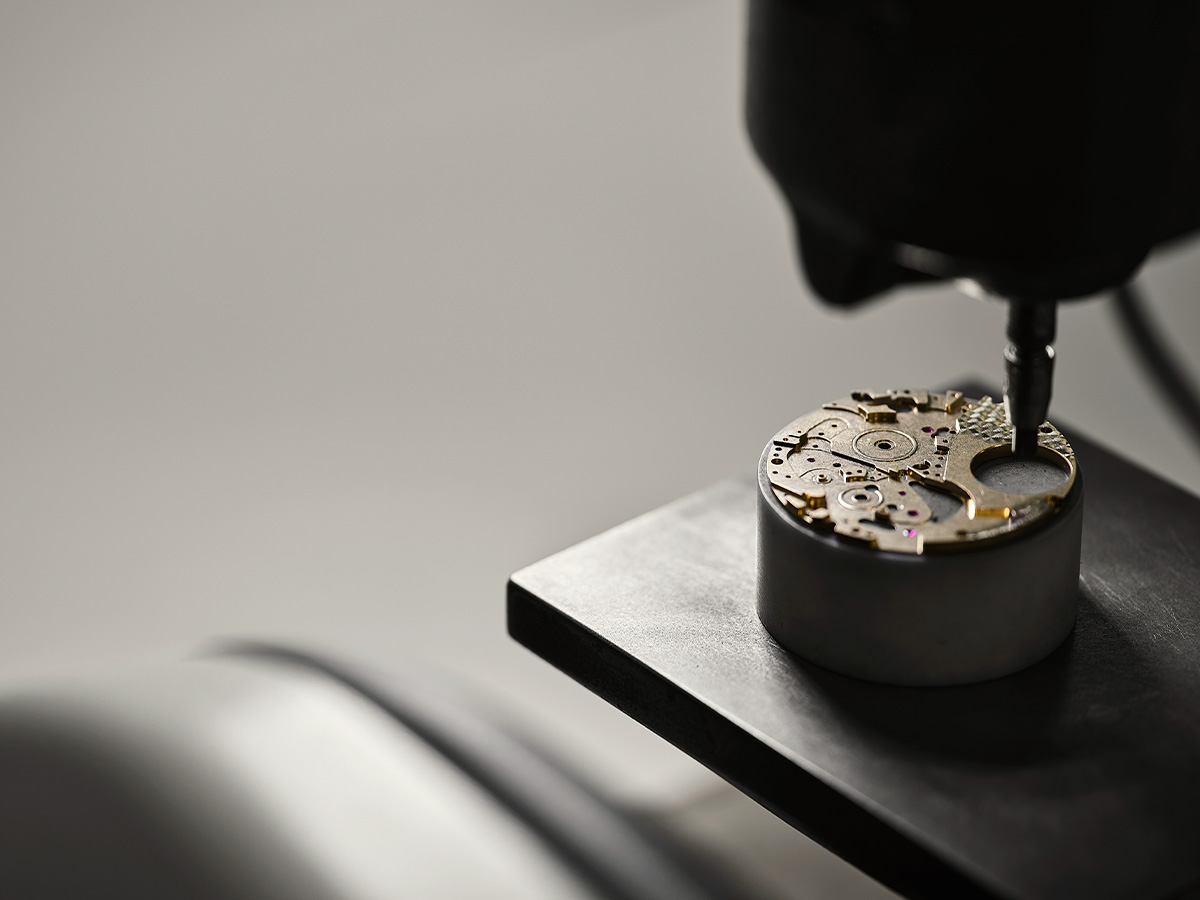
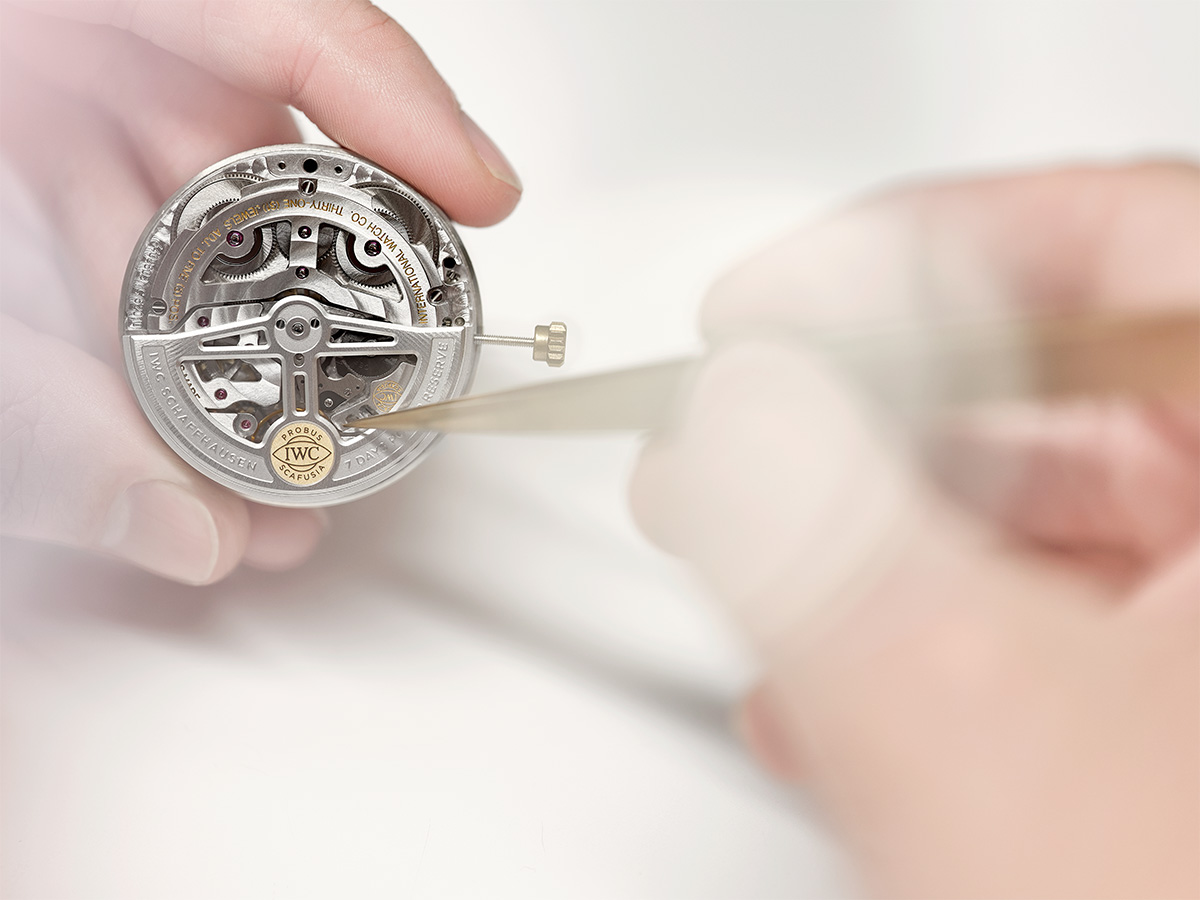
To me, few manufactures have such an interesting backstory, back catalogue and so beautifully bridge the gap between heritage, sportiness, and elegance. Sustainability will also play a key part of IWC’s strategy going forward: “I am convinced that sustainability is becoming increasingly important,” says Grainger-Herr, “we are continually working to improve the sustainability of our sourcing, production and distribution – in many small steps, about which we inform transparently in our sustainability report every two years. I am convinced that this commitment to responsible manufacturing will be a growth driver for our brand in the future, as consumers have much higher expectations today when it comes to sustainability and a responsible production than before.”
Under Grainger-Herr’s leadership we see a respectful continuation of IWC’s military roots with tie ups with various US fighter teams, smaller cases sizes (Big Pilot from 46mm to 43mm and Portugieser from 44mm to 42mm) and material innovation with the development of Ceratanium. Rest assured, whether you are into pilot’s watches or odd ball 1980’s designs – IWC has you covered.
Learn more about IWC Schaffhausen here
Photo credits: Tom Bunning

The Gentlemen and old-school gangster style

Antipodean Attitude: Rodd & Gunn

The Modern Denim Shirt
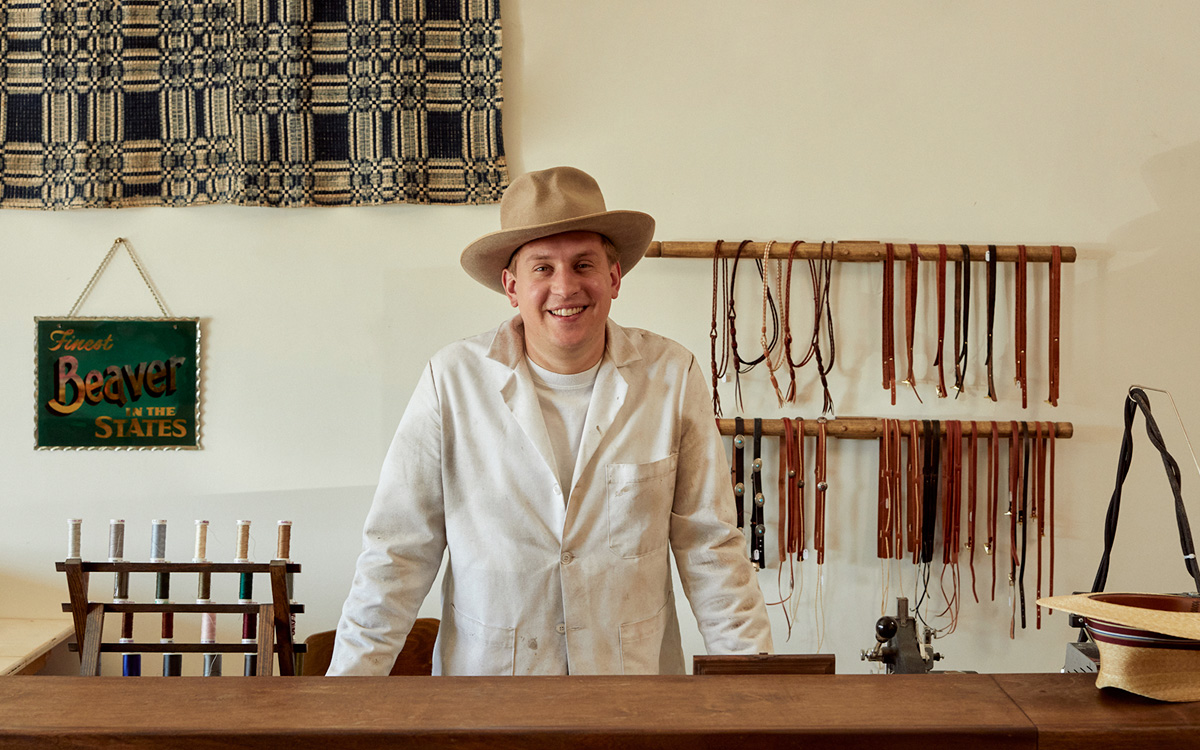
Inside the Wellema Hat Co.
Cotonificio Albini S.p.A. - Via Dr. Silvio Albini 1, 24021 Albino (BG) – Italy
Società con unico socio - diretta e coordinata da Albini Group S.p.A.
P.I. 01884530161 - C.F. 08743540158 - Iscritta al Registro Imprese di Bergamo - REA 244649
Capitale sociale sottoscritto e versato € 11.170.960